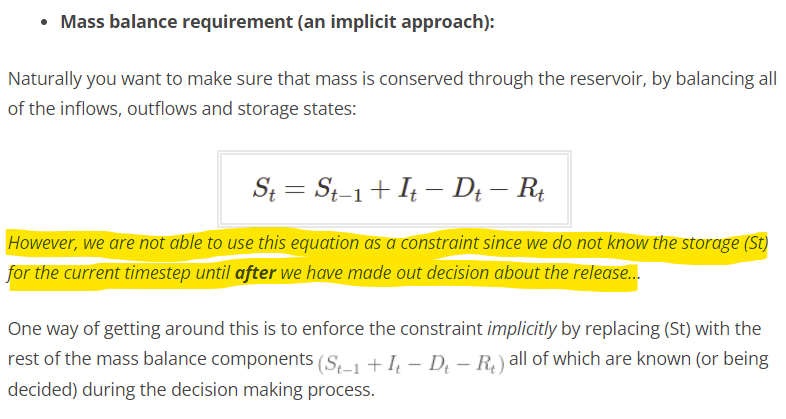- We have \(n\) items (or orders) with a certain width.
- We need to combine these items in groups (called patterns) with rather tight limits on the total width. The total length of a pattern (the sum of the lengths of the items assigned to this pattern) must be between 335 and 340.
- As a result, we may not be able to assign all items. The remaining items cannot be formed into valid patterns.
- The objective is to try to place as many items as possible into patterns.
- An indication of the size of the problem: \(n \approx 500\).
Data
---- 15 PARAMETER w item widths order1 76.000, order2 258.000, order3 179.000, order4 111.000, order5 109.000, order6 90.000 order7 124.000, order8 262.000, order9 48.000, order10 165.000, order11 300.000, order12 186.000 order13 298.000, order14 236.000, order15 65.000, order16 203.000, order17 73.000, order18 97.000 order19 211.000, order20 147.000, order21 127.000, order22 125.000, order23 65.000, order24 70.000 order25 189.000, order26 255.000, order27 92.000, order28 210.000, order29 240.000, order30 112.000 order31 59.000, order32 166.000, order33 73.000, order34 266.000, order35 101.000, order36 107.000 order37 190.000, order38 225.000, order39 200.000, order40 155.000, order41 142.000, order42 61.000 order43 115.000, order44 42.000, order45 121.000, order46 79.000, order47 204.000, order48 181.000 order49 238.000, order50 110.000
---- 29 PARAMETER maxj = 22.000 max number of patterns we can fill







